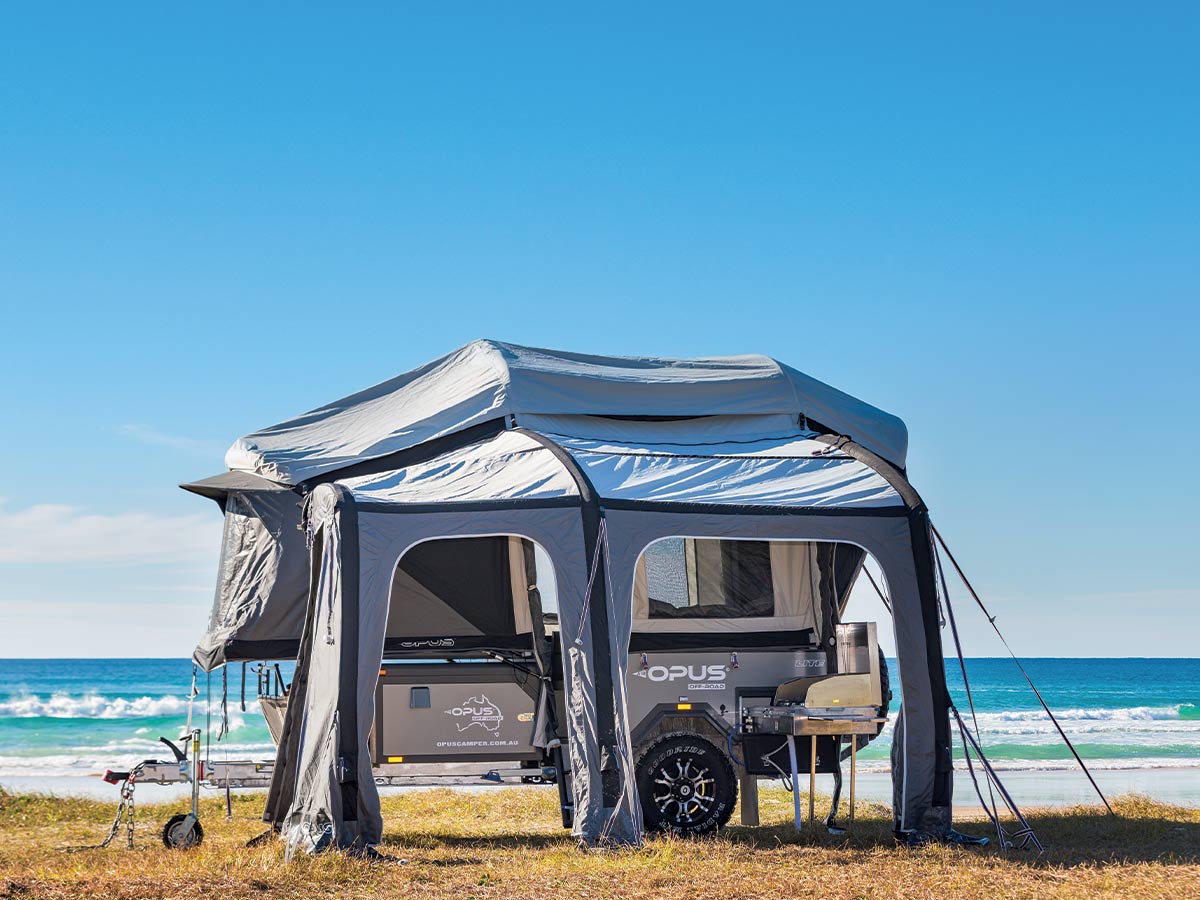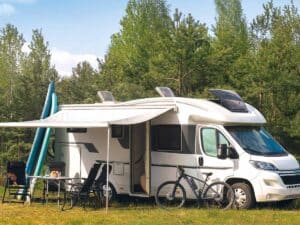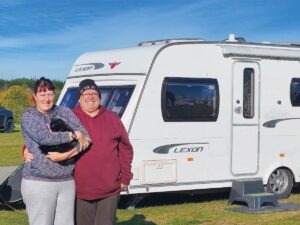Two enthusiastic RVers have taken to exploring New Zealand beaches in an ingenious, off-road camper trailer that offers them the amenities of home with the convenience of glamping. Jill Malcolm finds out more.
Sporadic journeys in the UK and France with a small tent and some simple camping paraphernalia introduced Ruth Allcoat and Jessie McArthur to sleeping outdoors and under the canvas. It also whets their appetite for spending time in the great outdoors and being as close to nature as possible.
Living in England at the time, in 2010, they left Europe and came to live in New Zealand for a lifestyle change and to be closer to Jessie’s ageing parents.
Their camping gear, meticulously cleaned to satisfy New Zealand Customs, came with them and was stored in their garage in Russell where they first lived. In the way that things can sometimes take unexpected turns, their camping gear disappeared in a curdle of smoke when their garage was badly damaged in a fire.
“As it turned out,” Jessie says, “we didn’t have much use for it at that stage. In 2009, while we were still in England, we’d bought the beautifully restored colonial Flagstaff Lodge in Russell and employed managers to run it while we packed up and left the UK. When we arrived in New Zealand, we took over running the lodge and stayed there for the next seven years. The only time we could go anywhere was when we briefly closed the lodge in the low tourism season.”
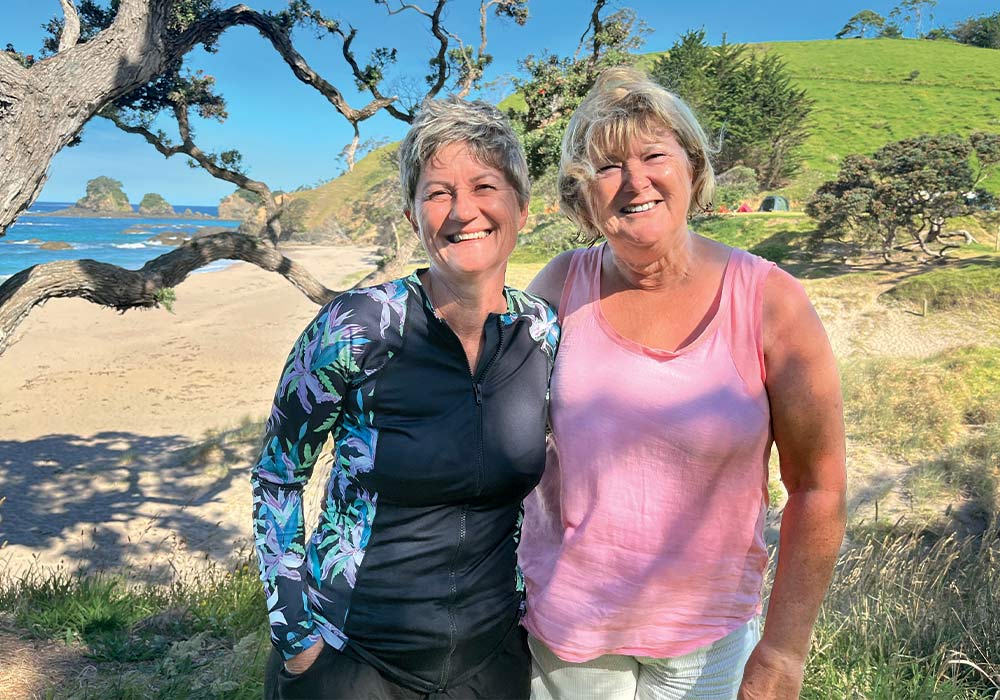
With their camping gear gone, the couple turned to hiring motorhomes to tour the country that Ruth, who’s English, had adopted but not yet discovered. They took several trips around New Zealand and then one year, expanded their adventures to a six-week trip in Australia.
In Perth, they hired a motorhome, travelled south to the Margaret River, and then headed north up the length of Australia’s west coast to Kimberley and across the top to Darwin. They enjoyed the different environment to the ones they’d explored in New Zealand, although, it wasn’t without its challenges. The distance they covered in just six weeks was vast, but it still allowed time for a helicopter trip over the Bungle Bungle and two nights in the Kakadu National Park.
“The huge distances were somewhat daunting,” says Ruth, “and I sometimes worried that we would run out of fuel. We never did, but it’s a long way between roadhouses.”
So, it was not without experience that Jessie and Ruth decided their future travels in New Zealand would be in some sort of RV.
They sold Flagstaff Lodge in 2017 and moved to Tindalls Beach on the Whangaparaoa Peninsula, which freed them up for more travel.
“We began going away with another two couples who had a 15-year-old pop top trailer and a vintage caravan,” says Jessie. “We slept in cabins in campgrounds, as at that stage, we didn’t have a different option. It was the catalyst for us to buy an RV of some sort and we began the process of searching and deciding.”
The perfect camper trailer
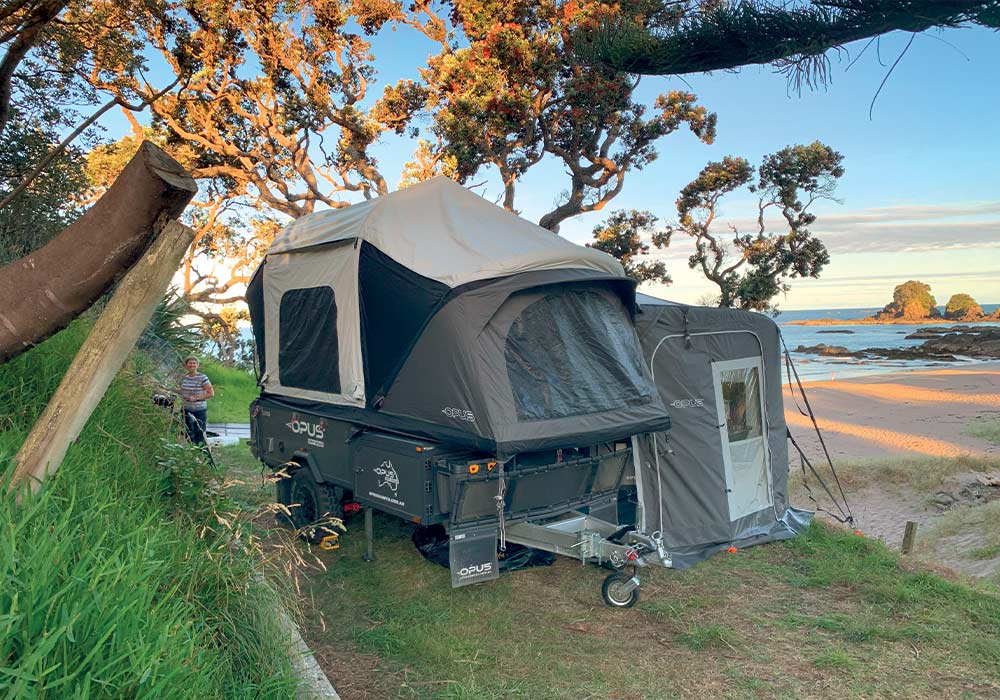
A motorhome didn’t seem right because, in the past, they’d found them a bit restrictive.
“We like feeling we are actually in the environment,” says Ruth, “and we’d always enjoyed sleeping under canvas. With that in mind, a camper trailer seemed the way to go.”
While cruising the internet, they came across an Australian-made OPUS OPLite off-road camper trailer built in Melbourne. The dealer at the time was Base Camp New Zealand in Silverdale, close to where Ruth and Jessie lived. When they saw the OPLite, it was like-a-lot at first sight.
The dealership for the range of OPUS camper trailers has since been taken over by Rock Wren in Christchurch, which deals in off-road vehicles and accessories.
“We bought it, and before it even left the yard, practised erecting the tent. Then the real learning began to work out how everything worked and where to store it,” says Jessie.
“We visited Motorhome Solar in Hamilton where Wayne set us up with a Victron SmartSolar MPPT 100/20 solar controller to match our 360-watt solar blanket. This connects via Bluetooth to the VictronConnect app on our phone and we can read the state of battery charge and charge time.”

One of the deciders for the lighter OPUS model was that it could be towed by a mid-size SUV.
However, when I first met Ruth and Jessie on their travels, their OPUS had been towed by a tractor across soft dunes onto a narrow cliff edge site. It was one of the most coveted sites in the Motutara Farm Park at Whananaki.
The small ledge beneath the branches of cliff-clinging pohutukawa overlooked the opal sea and biscuit-coloured sand of this lovely Northland beach. It was a perfect site with imperfect access.
In most instances, however, the OPUS trailer is towed with their Volkswagen Tiguan 2.0, and at home, they have a motor mover to help manoeuvre the trailer into its storage position.
Setting up camp

In most places where they set up camp, a small audience gathers to watch. Admittedly, it’s a fascinating process. The camper trailer uses air-beam technology so that the internal frame over the bedroom and lounge is inflated by an in-built compressor at the touch of a button. The pumped-up beams at 7psi are stronger and lighter than normal poles.
The tent rises in seven minutes. The annexe tent, which is zipped onto the base tent, is simultaneously inflated and then pegged down. In the annexe, a deep fridge/freezer drawer, benchtop (with a sink and gas hob), and a pantry slide out like magic from the trailer’s base.
Then comes the double ablution tent from JOOLCA (Australia), which houses the rose-head shower, a portaloo, and a changing area.
Water is heated at the flick of a switch by a portable JOOLCA HOTTAP califont attached to the BBQ gas bottle. It also has a water supply attachment, which can be plugged into a water tap or by way of a pump, which, if needed, can bring water up from a stream, pond, or lake.
“It’s a slick system,” says Ruth, “and the shower is almost as good as the one we have at home.”
Stepping inside
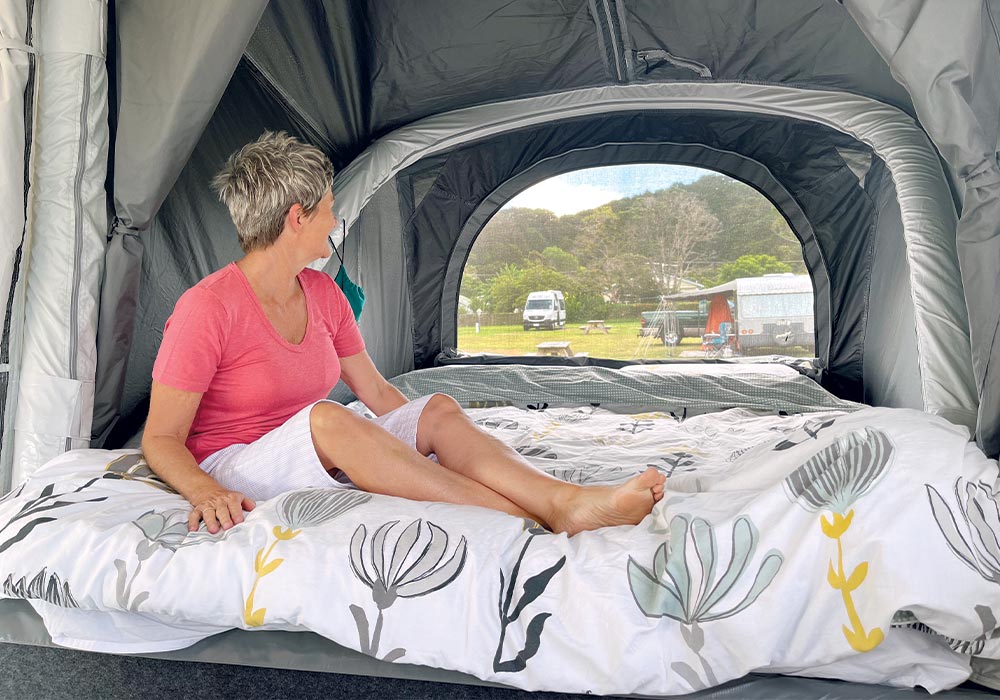
The whole camp is set up from beginning to end in under an hour, and Ruth and Jessie kindly invited me up the steps into the lounge area, which has triple window coverings and a double canopy.
They say even in heavy rain, they haven’t found a single drip inside the tent. Comfortable, vinyl-covered lounge seats are inbuilt, and a large screen hangs between the bed and the lounge onto which TV programmes and movies are projected, streamed from their iPads or iPhones.
“We put on our headphones and sit in what we jokingly call ‘the club lounge’ with drinks and snacks on the table between us,” says Ruth.
“We have everything we need in the way of facilities except for an inbuilt toilet. And so, we think of ourselves as glamping, not camping or motorhoming.”
The bedroom, a large inviting-looking area, is next to the lounge. They found the supplied bed too hard for their preferences, so purchased a Zempire Monstamat mattress and a topper pad from Briscoes.
When I met these two enthusiastic women, they had already been away in their OPUS close to a dozen times and are looking forward to venturing further afield. At the moment, their work tethers them to places closer to home.
They say the OPLite has allowed them to be in some wonderful environments and travel affordably.
“Life in the camper trailer takes on a different rhythm,” says Ruth, “and there’s great enjoyment in meeting other people doing the same thing. It brings us a sense of community. We also take an inflatable kayak with us, which is great for exploring the waterways.”
Because they’re both still working, they have, to date, been mainly to places close to home, but of this temporary restriction, they have no complaints.
“The east coast beaches north of Auckland are lovely settings,” says Jessie.
“We’ve often camped right on the beachfront. We’ve spent time in Orewa, Snells Beach, Whangateau, Pakiri Beach, and Mangawhai close to home. In Northland, we’ve camped at Tauranga Bay, Otamure Bay, and Motutara Farm at Whananaki and have ventured further afield to Mount Maunganui.
“We feel really lucky to live in a part of New Zealand where we can easily drive to some wonderful places. We are hooked on this RV way of travelling and looking forward to more and more time on the road.”

